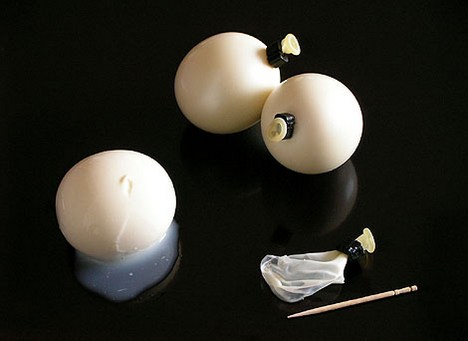Transformers: Revenge of the Fallen
My rating : 8.5/10

Seriously, for those who thinks the movie was totally awesome, its not= =
first of all, what’s up with the transforming this time? it was very fast and unclear compared to the first movie
Transformers 1 had more of a wow response as you look at the cars transform into their walking talking form.
The 2nd movie had no storyline at all; it was all combat.
I guess its what most people(guys) want anyways =/ but the action was great
The movie started with fighting. And….progressed with more fighting….and! it still does have its funny elements…
i think the girl got hotter than the last one lol
The ending was HORRIBLE= = maybe they ran out of money and time??TOO SHORT MAN!!
Anyways, there will definately be transformers 3: revenge of the fallen, AGAIN….
UP in 3D
My rating : 9.5/10

An extremely touching movie. It starts with a quick flash back of the main character’s life, i cried =(
On the surface its a funny animation film about the story of a man and his adventures ;
the bird was hilarious, the asian boy was random and extremely innocent and asian!!
the dog was adorable ; “i was hiding under the porch because i love u” ;

“oh please please be my prisoner” , it would be cool if dogs really could talk.
On the deeper level the moral of the story was to live your life;
as the old man flips through his wife’s adventure book, and realized that her dream was to spend her life with him,
and the old man realized that he should start living his life, and move on.
HANGOVER!
My Rating 8/10

my bf is SO not getting a bachelor party >=( at least not in vegas
This is the BEST “guy movie” i ever watched
Hilarious in every way, very very stupid and random









